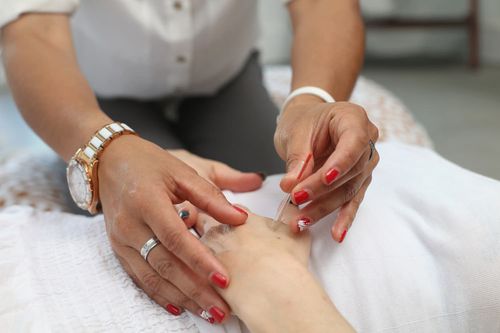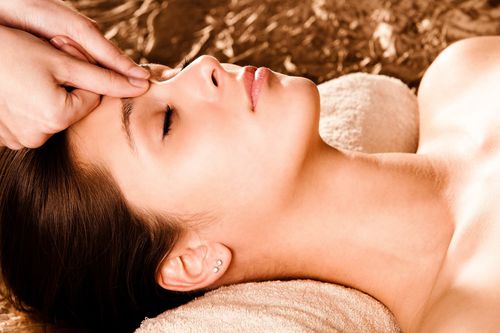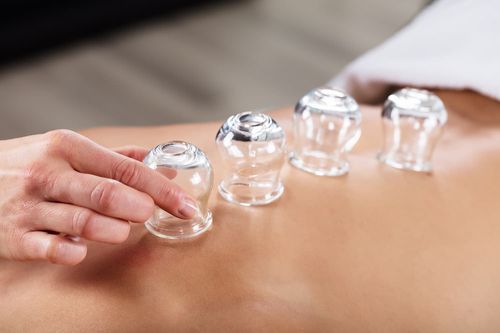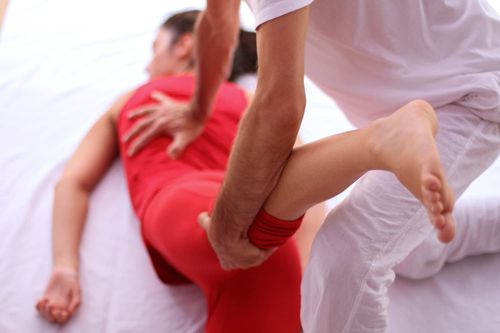What Is Dry Needling?
Dry needling is a form of complementary medicine that focuses on treating pain and movement impairments using fine needles targeted at trigger points. Trigger points are tender points in the skeletal muscle that can cause pain when squeezed or pressed.
The extremely small injuries created after the needle is being inserted into the skin may trigger a local healing process in the affected area. This results in an effective improvement of the body's normal functioning through its own intrinsic and natural healing process. Dry needling can stimulate the neural pathways that block pain by creating a disruption on the pain messages sent to the nervous central system.
Dry needling is suitable for all individuals regardless of age. However, there are some people who are not recommended to get dry needling treatments:
- Pregnant women
- People who do not fully understand the treatment
- People with needle phobia
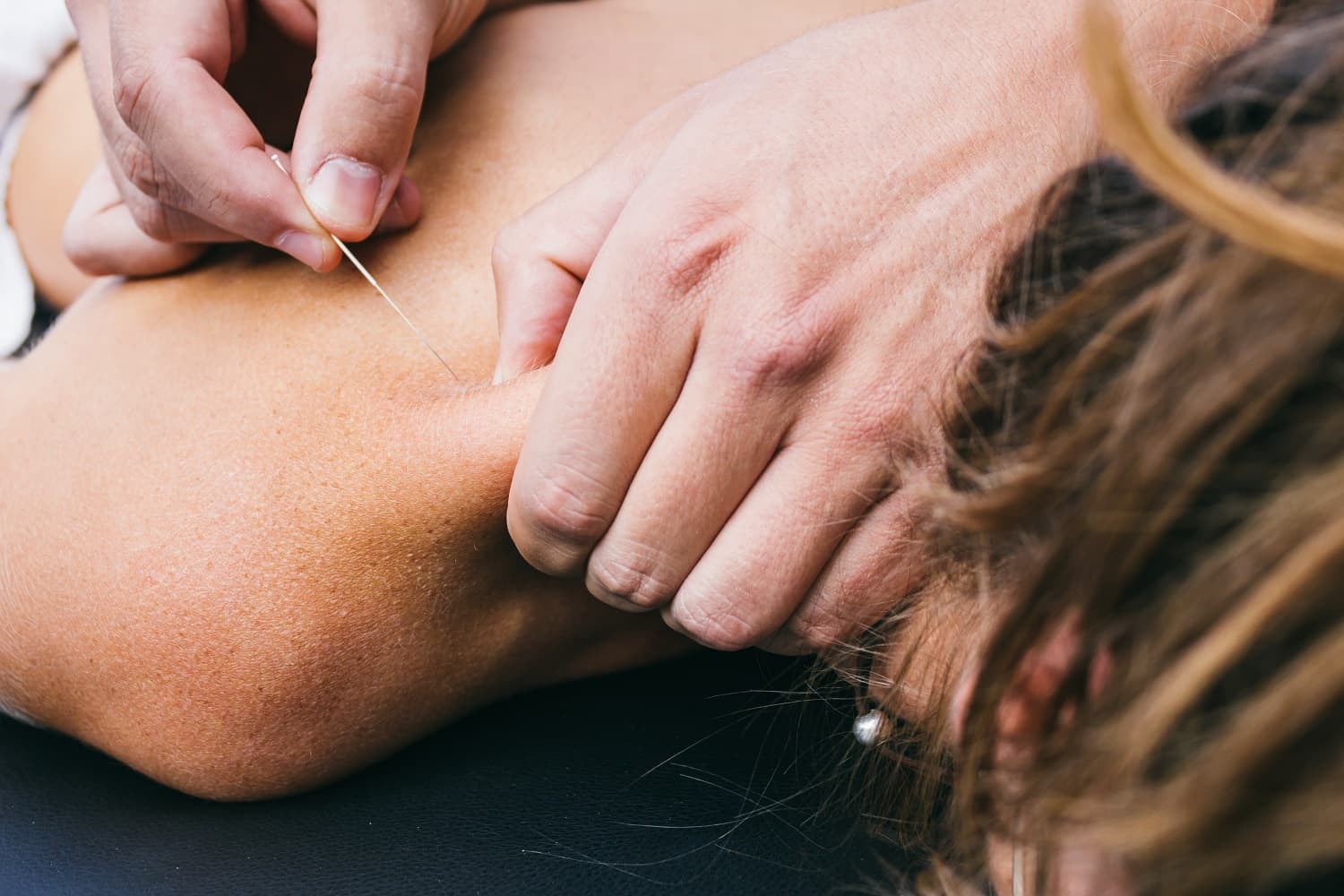
How Does Dry Needling Work?
Dry needling involves the insertion of sterile, disposable needles into the skin to eliminate trigger points. The needles that a dry needling practitioner uses vary according to the muscle group that they're working on or to the patient's preference. Needle sizes range roughly from 30 to 60 millimetre, but most practitioners use the former.
A qualified dry needling practitioner is an expert at palpation and can identify a trigger point when they feel one. Trigger points are often compared to pinheads as they have the same size. Once the practitioner feels the trigger point, they hold it between their fingers and insert the needle into the skin. It goes about 4mm above the trigger point and is left there for a few seconds to restore homeostasis to the body.
What Are the Benefits of Dry Needling?
Dry needling can effectively treat muscle pain rooted in the connective tissue, or fascia, and improve blood flow in the affected area. It addresses a wide range of musculoskeletal conditions such as the following:
- Acute and chronic tendonitis
- Headaches and migraines
- Postsurgical pain
- Repetitive motion disorders
- Chronic pain problems
- Back pain
- Sports and dance-related injuries
- Post-traumatic injuries, automobile accidents, and work-related injuries
- Night cramps
- Whiplash
What Is the Difference Between Acupuncture and Dry Needling?
Acupuncture is a branch of Traditional Chinese medicine (TCM) that involves the insertion of fine needles into the person's skin to help relieve pain as well as rebalance the body's natural energy called chi. Unlike acupuncture, dry needling does not concentrate on balancing the chi.
What Can You Expect From Dry Needling?
Prior to the treatment, the practitioner will assess the client's health to determine which areas of their body are causing them physical pain or emotional distress. They may also conduct a physical examination and review the client's medical and health history to determine if dry needling is suitable for them.
After preparing the needles, the practitioner properly sterilises the patient's skin to begin the treatment process. Similar to acupuncture, the practitioner will start inserting the fine, sterilised needles into the skin, targeting specific trigger points.
A dry needling session lasts approximately 30 minutes. The patient is advised to wear loose, breathable clothes made from lightweight material so that the practitioner can easily palpate their muscles for trigger points.
The number of dry needling sessions an individual needs to attend depends on the severity of their symptoms, though most people reported experiencing short-term relief after the initial treatment.
